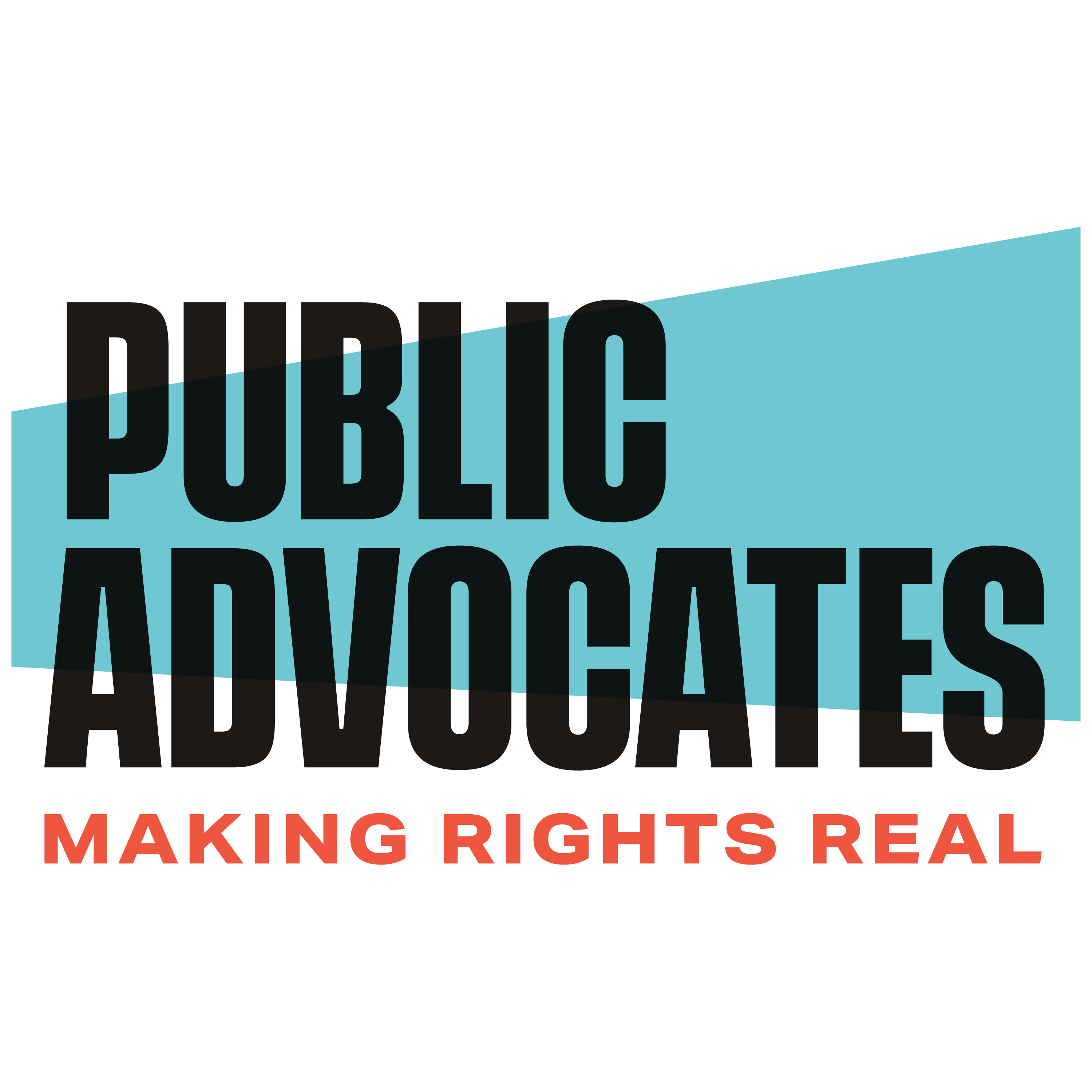July 18, 2014
By Richard Marcantonio
A key element cutting across our work is ensuring that community investments address the high priority needs of disadvantaged communities, and that the benefits of those investments significantly outweigh the burdens they impose on those communities. Direct engagement of disadvantaged community members in decision making is essential to reaching this goal. Our climate justice work has resulted in some valuable progress in this area. Here’s the story.
An Opportunity: SB 535
California is about to invest hundreds of millions of dollars, this year and into the future, to reduce greenhouse gas (GHG) emissions that cause climate change. GHG reduction is only part of the benefit those investments are going to create. That’s because SB 535 (de León 2012) requires at least 25 percent of that money to benefit disadvantaged communities, and at least 10 percent to be spent on projects located within those communities.
Like the Local Control Funding Formula that directs public education funding to the neediest students, SB 535 was a groundbreaking step to direct a share of state resources to benefit the very communities and families that have been getting the short end of the stick for too long. It also supports something we and our 6 Wins partners have been saying for a while now: strategies to benefit low-income communities are also good for our environment and our climate.
Defining Social Equity
But disadvantaged communities aren’t going to reap those benefits automatically. That’s because many local, regional and state bodies don’t have a great track record for asking residents of disadvantaged communities about their high-priority needs, much less for meeting those needs.
In fact, “social equity” often has proven to be a highly malleable concept in the hands of these decision-makers. Many come up with post-hoc rationalizations about why equity is present in virtually everything they do. For example, one agency head told me he believes that every dollar his organization spends benefits a disadvantaged community somewhere. Others take the tack of claiming that they don’t know what “equity” means, challenging advocates to provide a definition. Well, now we have one.
Working with our partners in the SB 535 Coalition leadership – APEN, the Coalition for Clean Air, and the Greenlining Institute – we took on the challenge of developing a robust but simple framework for distinguishing the investments that truly benefit low-income families and communities from those that are merely cloaked in the language of social equity while serving other priorities.
Developing Principles
We started in early 2013 with a set of principles that garnered the support of 50 social and environmental justice groups across the State. These principles staked out the importance of the issue in state policy discussions that generally assumed that SB 535 would implement itself.
Interest in the issue grew to the point that on March 21, the UCLA Luskin Center convened a statewide gathering to focus on the question of how SB 535 would be implemented. Along with our SB 535 coalition partners, staff attorney Marybelle Nzegwu was influential in shaping and co-leading those discussions.
In advance of the Luskin event, we developed a more robust set of principles, laying out a framework for how proposed investments should be evaluated to determine whether they will count toward the minimum set asides required by SB 535. We also proposed a matrix of major kinds of benefits that are commonly prioritized by low-income communities: affordable housing, transit and energy costs, increased household income, improved public health and greater access to opportunity.
A Four-Step Framework
Finally, in May, we came up with a four-step framework. That framework asks:
- Does the proposed investment meet an important need of a disadvantaged community, by reducing disparities and/or increasing opportunity?
- If so, is the benefit a significant one, rather than incidental to other primary benefits?
- Are low-income residents the primary beneficiaries?
- Does the investment avoid substantial harms, like displacement or exposure to toxics?
That framework was incorporated into the Luskin Center’s June report, “Investment Justice Through the Greenhouse Gas Reduction Fund.”It’s now in the hands of staff at the Air Resources Board (ARB), which has been charged by the Legislature with issuing guidelines to implement SB 535.
We’ll be watching for the draft guidelines later this month to see if they ensure that these four questions are answered in a significant and meaningful way. We’re also continuing to work with community groups here in the Bay Area and statewide to help ensure that their voices are heard in the development and adoption of these important guidelines.
True Community Benefits
Getting disadvantaged community benefits right is crucial, both for residents who have gotten the short end of the stick for a very long time, and for achieving our climate change goals.
But the importance of this issue goes well beyond the allocation of Greenhouse Gas Reduction Fund dollars under SB 535. In social equity campaigns at the local, regional, state and federal levels, we believe a robust framework like this four-step analysis will be a crucial tool because it:
- Provides a basis for defining “social equity” operationally in a manner that more rigorously adheres to the needs and priorities of community members themselves;
- Allows a comparison between the social equity impacts of project alternatives; and
- Helps ensure that community residents play a hands-on role in shaping the projects and policies that affect them.
That, in return, should lead to community benefits that truly benefit the community.

